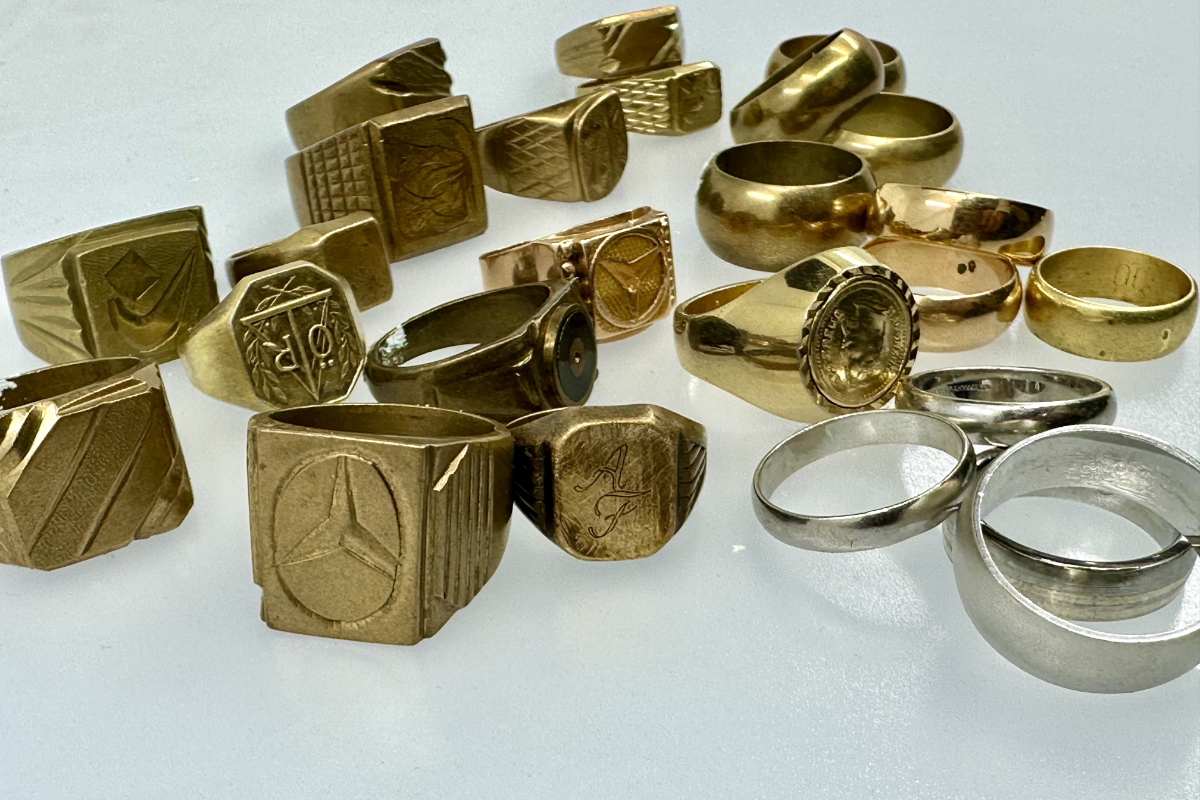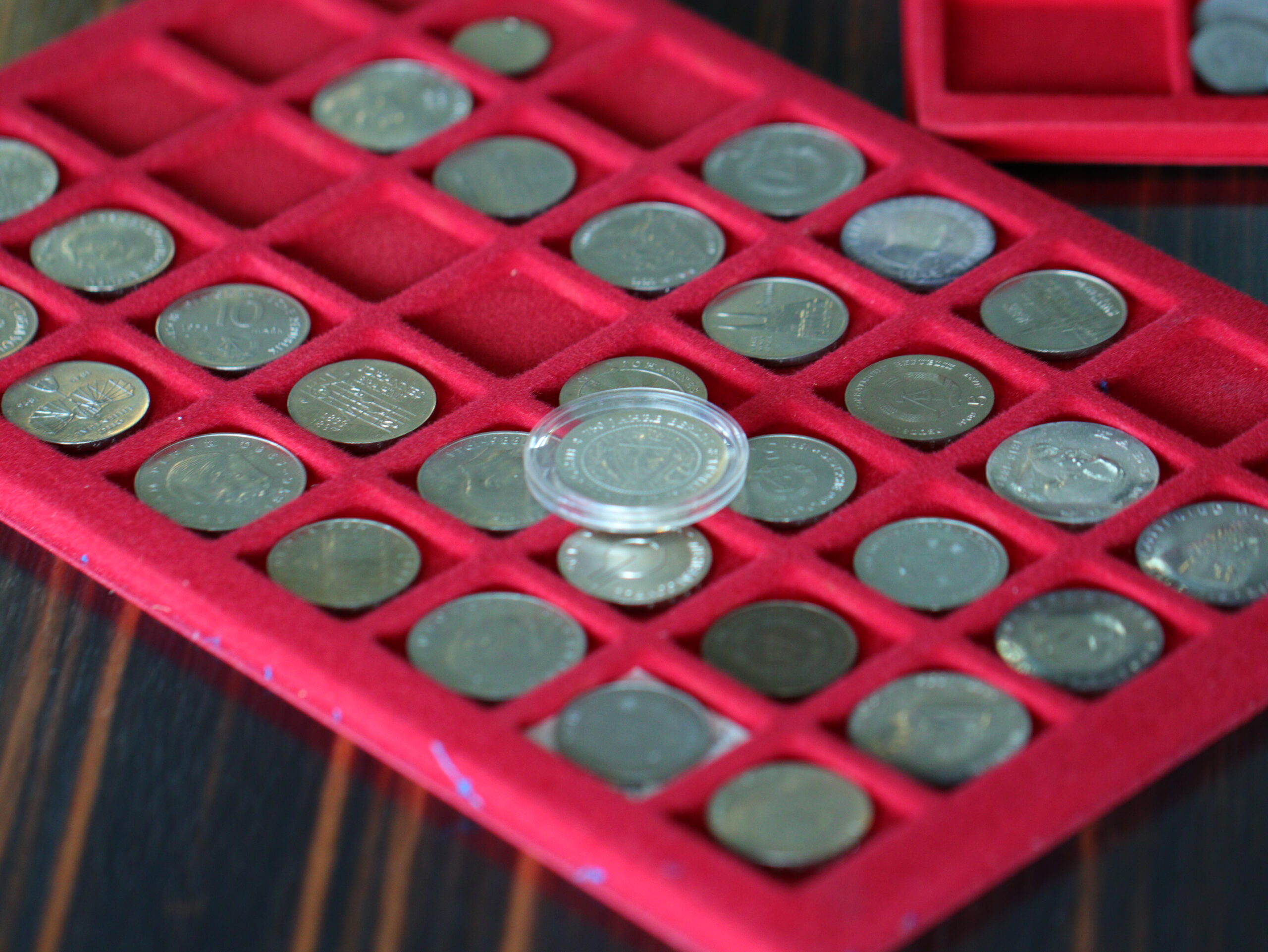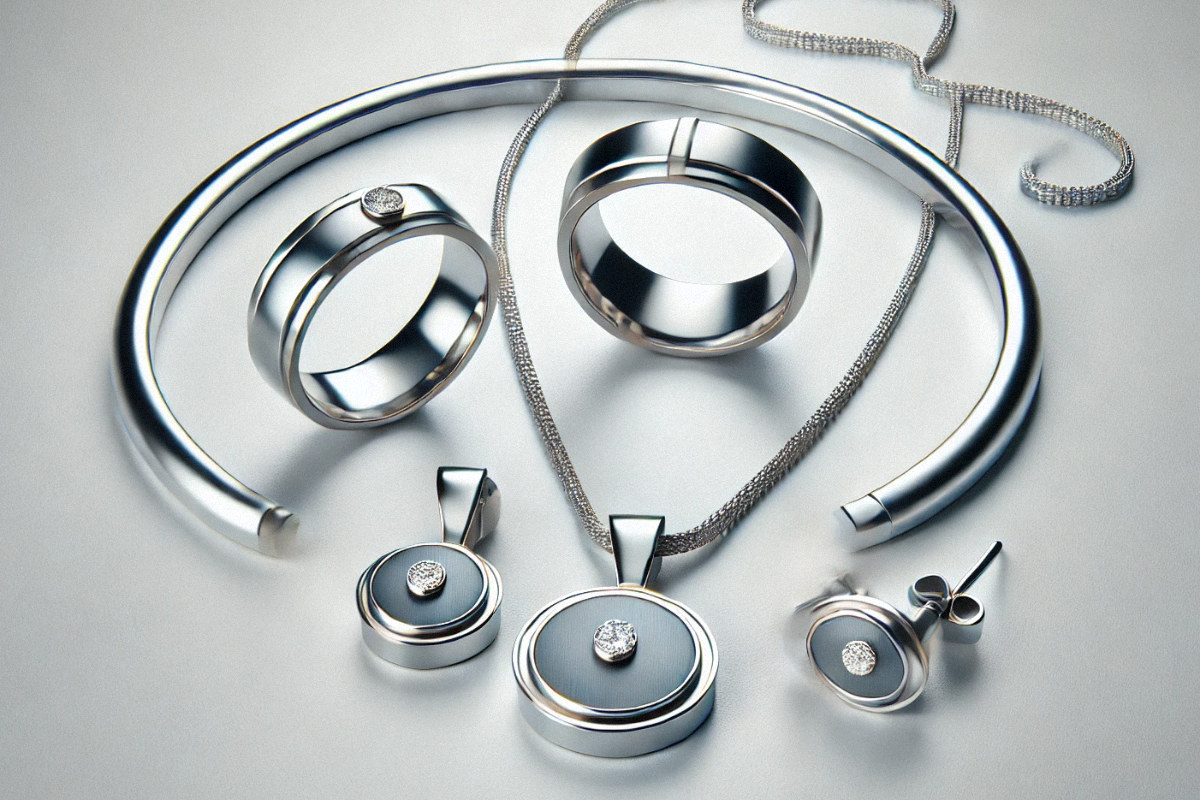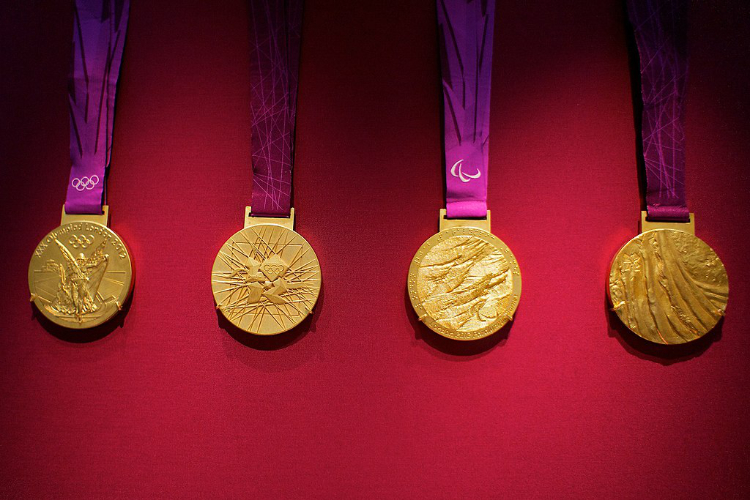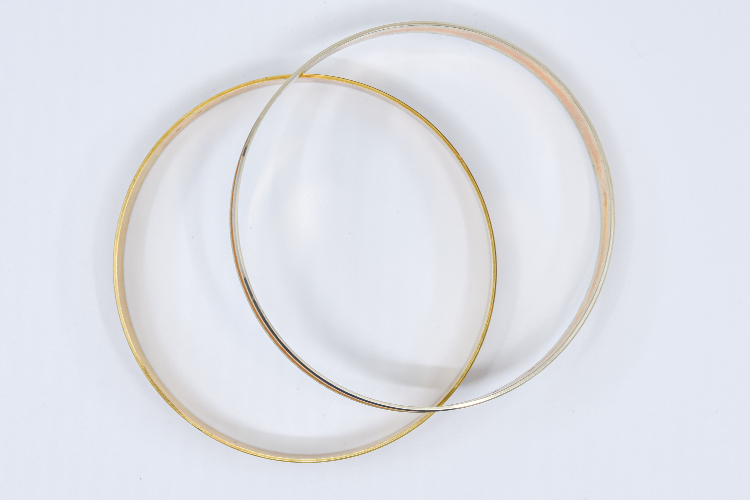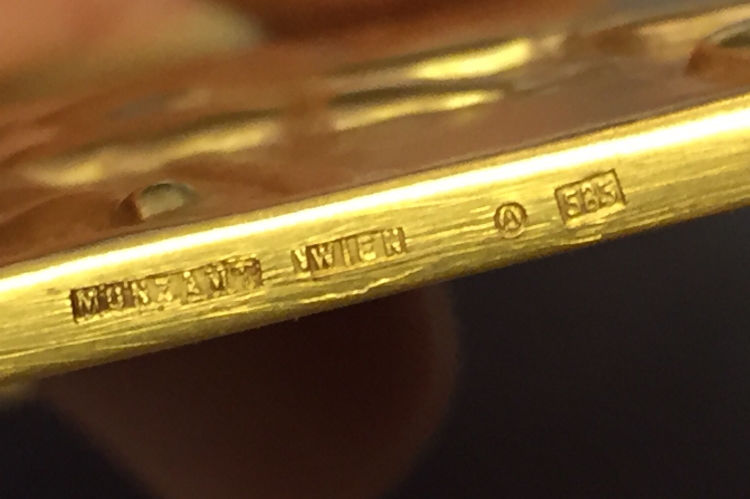
A hallmark on jewelry is a stamp that provides information about the fineness of the precious metal from which the piece was made.
All patterns and shapes that are stamped into metals or leather can actually be described as hallmarks. Strictly speaking, ornaments and decorations that are applied by stamping and punching are also hallmarks.
The numerical value stamped on gold hallmarks and silver hallmarks shows the fineness of the precious metal alloy. In addition to the fineness stamp, there are also often hallmarks on pieces of jewelry that provide information about the producer, the model number or assay offices (repunches, official hallmarks or inspection marks).
What does the hallmark on my piece of jewelry mean?
The higher the stamped numerical value on the jewelry, the higher the proportion of gold, silver or platinum.
Today, it is common to specify the fineness in parts per thousand. The indication in carat (for gold) and lot (for silver) is rather uncommon today. Gold jewelry in Germany, Austria and Switzerland is usually made of 14-carat gold and is therefore stamped with the hallmark 585.
Common hallmarks on gold jewelry:
| 750 / 18K | Gold alloy with a fineness of 750 thousand parts |
| 585 / 14K | Gold alloy with a fineness of 585 thousand parts |
Jewelry made of gold alloys below 585/1000 may not be sold as gold jewelry in Austria. Nevertheless, such pieces of jewelry are often stamped:
| 375 / 9K | Alloy with a gold content of 375 thousand parts |
| 333 / 8 K | Alloy with a gold content of 333 thousand parts |
| AM Double/ AM /P. L. | "American Double" / "Plated": Jewelry that is only gold-plated with 10/1000 gold (1%) |
Common hallmarks on silver jewelry:
| 925 | "Sterling silver" alloy with a fineness of 925 thousand parts |
| 835 | "Crown silver" alloy with a fineness of 835 thousand parts |
| 800 | Silver alloy with a fineness of 800 thousand parts |
Common hallmarks for platinum alloys:
| 950 | Platinum alloy with a fineness of 950 parts per thousand |
| 750 | Platinum alloy with a fineness of 750 thousand parts |
Where can I find the gold content stamp?
The hallmarking on gold and silver jewelry can be found in inconspicuous places.
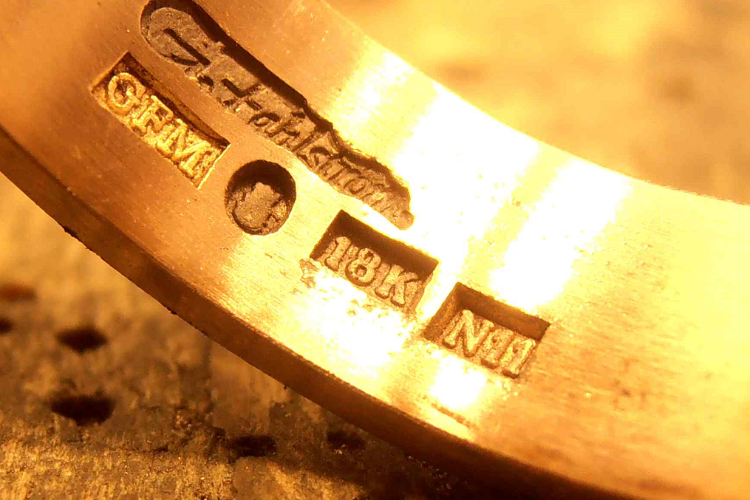
On bracelets and rings made of gold, platinum or silver, the hallmark is usually found on the inside of the ring. On pendants or earrings, the hallmark is usually on the back, and on gold chains and chains made of silver, the hallmark is found on the clasp or the last link of the chain.
On watches, hallmarks are usually found on the back of the case or, in the case of pocket watches, on the inside of the cover.
Hallmarking - regulated by the state
In many countries there are legal regulations as to which hallmarks must be applied to precious metal objects.
In Austria, there is the Hallmarking Act, which states that precious metal objects manufactured or sold in Austria must bear a clearly visible and easily recognizable hallmark of fineness in thousands. The hallmarking law applies to all objects made of gold alloys with a fineness of 585/1000 or higher, objects made of platinum with a fineness of 950/1000 or higher and objects made of silver with a fineness of 800/1000.
In Germany, there is no law that prescribes hallmarking at all. In Germany, anyone is allowed to stamp a hallmark. However, if a hallmark is affixed, the fineness must be stated in thousands of parts and must of course be accurate.
Wrong hallmarks
A hallmark on a piece of jewelry is a good indication of the alloy of the piece. However, as the price of gold has risen so significantly in recent years, hallmarks are unfortunately being forged more and more frequently.
Fraudsters stamp cheap jewelry made of gold-plated brass with a false stamp and then pass it off as high-quality gold jewelry.
This fake gold is then marketed as the notorious "highway gold": the fraudsters feign a supposed emergency situation ("no money to continue the journey") and offer unsuspecting citizens the supposed gold ring at a bargain price. Attempts are also sometimes made to sell falsely hallmarked jewelry at flea markets.
Every reputable precious metal dealer and jeweler will therefore check every piece carefully when buying gold and, if necessary, subject pieces with the corresponding hallmark to an acid test.

